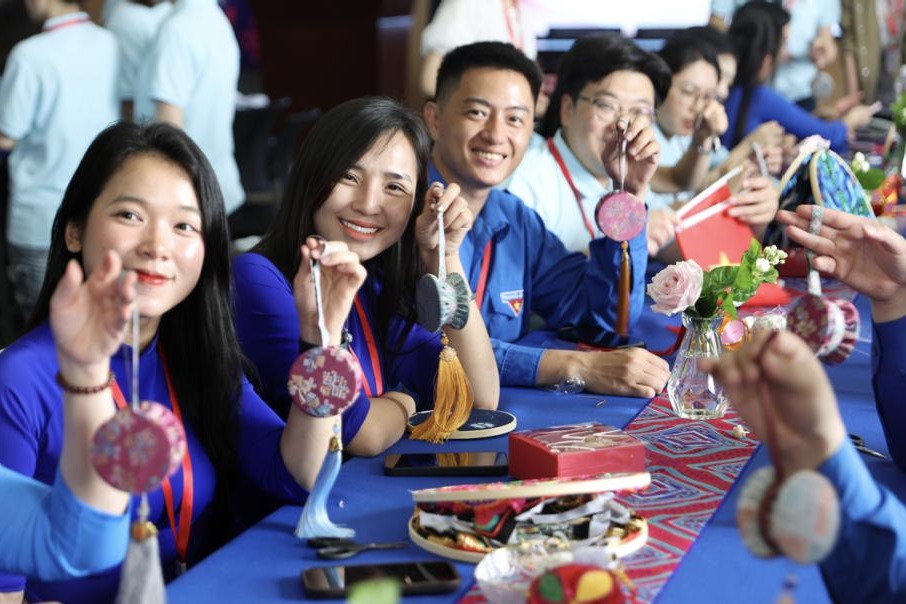Red sea star-inspired material heals itself rapidly underwater

HANGZHOU -- Scientists have developed a new polyurethane inspired by the red sea star starfish that can rapidly self-heal underwater, offering potential applications in robotics and medical implants.
The study, recently published in the journal Macromolecules, was led by researchers at the Ningbo Institute of Materials Technology and Engineering of the Chinese Academy of Sciences, in collaboration with the Korea Advanced Institute of Science and Technology.
Self-healing materials can automatically repair structural and functional damage, extending product lifespan and improving durability. Polyurethane is a promising candidate due to its flexible design and ease of synthesis. However, its performance in water has been limited, as water molecules interfere with the dynamic bond exchange needed for self-repair.
Inspired by the red sea star's ability to regenerate underwater through the secretion of fibrinolytic enzymes, the team designed a polyurethane that can heal itself at room temperature while submerged.
The material incorporates dual hydrophobic units and tandem dynamic bonds, enabling it to heal scratches with 98 percent efficiency after 12 hours in water -- at a rate of more than 33 micrometers per hour.
The polyurethane also demonstrated excellent biocompatibility, according to the researchers, suggesting its suitability for use in submersible robotics, implantable medical devices, and other aquatic healthcare applications.
- Red sea star-inspired material heals itself rapidly underwater
- Xi sends congratulatory letter to 2025 SCO forum on poverty reduction, sustainable development
- Protests erupt in Taiwan as Lai approaches one year in office
- 3 missing in NW China coal mine accident
- China-US research unveils dinosaur-bird transition
- Call for Entries: International Cartoon and Illustration Exhibition 2025





































